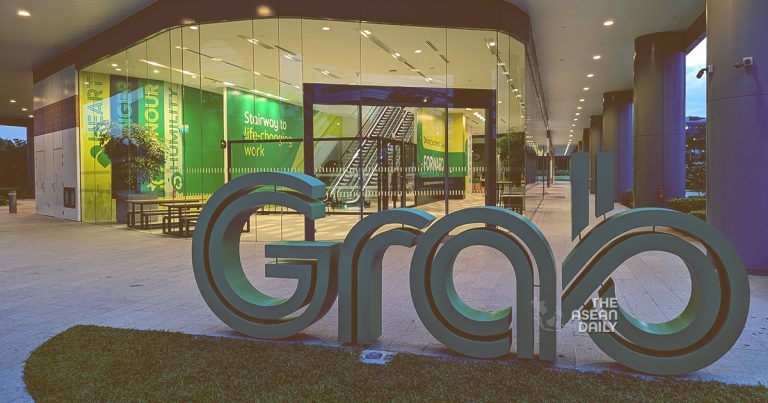1-11-2023 (SINGAPORE) Ride-hailing giant Grab is set to implement changes in its driver compensation system, aimed at creating a more equitable framework without affecting passenger fares. The adjustments, scheduled to come into effect on November 14, are in response to feedback from drivers regarding long-distance pick-ups.
According to a statement on Grab’s website, the company will replace its fixed commission structure with a variable fee component for certain transport services. This new approach will ensure that drivers receive compensation commensurate with the effort required to pick up passengers.
The revised fare structure applies to all services except for GrabShare, Hire, Standard Taxi, GrabHitch, and GrabCoach offerings. The move comes as the ride-hailing industry faces a decline in overall customer satisfaction due to a shortage of drivers and increasing competition.
This change by Grab follows a recent announcement by one of its competitors, Gojek, which plans to reduce the commission it collects from drivers from 15% to 10% starting November 1, effective until at least the end of 2024.
Grab conducted pilot programs earlier this year involving around 300 drivers, revealing a predominantly positive or neutral impact on earnings when compared to the old fare structure.
It’s important to note that passenger fares will remain unchanged under the new fare structure.
HOW THE SYSTEM WORKS FOR DRIVERS: The existing fare structure calculates fares based on the time and distance between a passenger’s pick-up and drop-off locations, without considering the distance a driver must travel to reach the pick-up point. Drivers currently receive a fixed S$3 (US$2.20) fee for pick-ups located more than 3km from their current location.
Additionally, Grab charges drivers a fixed 20.18% commission on passenger fares, inclusive of Goods and Services Tax. In the updated system, Grab will introduce a variable “service fee” to replace the fixed commission. This service fee may vary, being lower if the driver has to travel a longer distance or time to reach the pick-up point and higher if the driver is closer to the pick-up location.
This variable service fee ensures that drivers are fairly compensated for their efforts without impacting passenger fares. In some cases, the service fee may be negative, resulting in drivers receiving more than what passengers paid, and Grab will cover the difference. Higher service fees will be redistributed to offset fares paid to driver-partners when pick-up locations involve longer distances and time.
During pilot tests of the new fare structure, the Grab service fee ranged between -10% and 25%. Notably, the fixed S$3 bonus for long-distance pick-ups will be discontinued with the introduction of the new fare structure.
IMPACT ON PASSENGERS: Grab reassures passengers that the changes will not affect how fares are calculated. The company emphasized that it would be unfair for passengers to bear the cost of drivers’ pick-up efforts, as passengers have no control over the distance to their pick-up location.
Furthermore, Grab noted an improvement of up to seven percentage points in driver acceptance rates for trips with pick-up points located more than 3km away from the driver. This development is expected to enhance service reliability and improve the passenger experience.
Ms. Leow San Nee, a Grab driver for about three years, shared that while some drivers may have concerns when analyzing individual trip earnings, a focus on weekly or monthly earnings reveals no adverse impact since the pilot program’s introduction. She added that she has observed improved earnings for certain bookings involving more distant pick-up locations.




